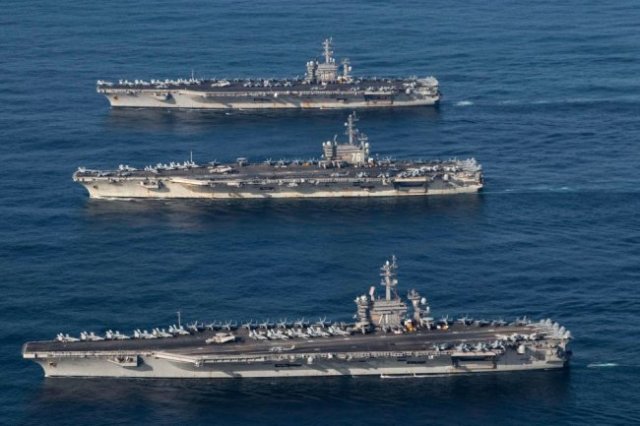The small combat radius of the F-18 Super Hornet carrier-based fighters sharply reduced the effectiveness of American aircraft carriers. This was acceptable after the end of the cold War, but it is a wake-up call now, against the background of the growing capabilities of Russia and China, writes MilitaryWatch.
Adopted in 2001, the Boeing F-18 was supposed to become a single carrier-based fighter of the US Navy, replacing the A-6 Intruder strike and the F-14 Tomcat long-range interceptor. It was assumed that in this way the US Navy would reduce the cost of maintaining naval aviation. In addition, the F-18 had a modification for electronic warfare, the E / A Growler.
However, over time, it turned out that the transition from Tomcat to Super Hornet reduced the wing's area of influence by a staggering 77 percent. During the end of the Cold War, this was considered acceptable - the United States had no real opponents, and servicing the F-14 required a lot of money. However, now China, Russia and North Korea have created new classes of long-range anti-ship missiles, forcing carrier strike groups to stay away from the coast.
Thus, the US Navy will have to wait for a carrier-based fighter of the next generation before getting involved in a naval conflict with a serious enemy. Plans to increase the range of the Super Hornet by installing additional tanks were not successful.
Anton Valagin

